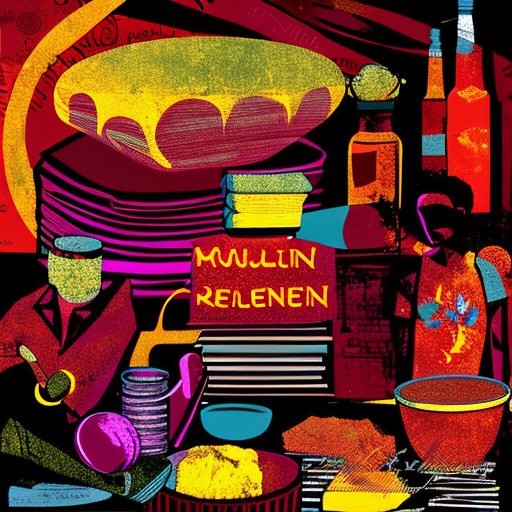Summary:
Blood, Bones, and Butter: The Inadvertent Education of a Reluctant Chef is a memoir by Gabrielle Hamilton, detailing her journey from a childhood in rural Pennsylvania to becoming a renowned chef and owner of the acclaimed restaurant, Prune. With vivid storytelling and mouthwatering descriptions, Hamilton takes readers on a culinary adventure, exploring the complex relationships between food, family, and identity.
From Childhood to Culinary School
The book begins with Hamilton’s childhood in a chaotic household in rural Pennsylvania. Raised by a French mother and a father who was a set designer for Broadway, she developed a deep appreciation for food and its ability to bring people together. Despite her unconventional upbringing, Hamilton found solace in the kitchen, where she honed her cooking skills and discovered her passion for food.
As a young adult, Hamilton embarked on a journey to find her place in the world. She attended culinary school in New York City, where she learned the art of French cooking and the importance of technique. However, she also experienced the harsh realities of the culinary industry, including long hours, low pay, and a lack of recognition for her hard work.
A Culinary Odyssey
After culinary school, Hamilton embarked on a series of culinary adventures that took her around the world. From working in a catering company in New York City to cooking on a fishing boat in Greece, she embraced every opportunity to expand her culinary knowledge and skills. These experiences not only shaped her as a chef but also deepened her understanding of the cultural and social significance of food.
Hamilton eventually found her way back to New York City, where she opened her own restaurant, Prune. With its intimate atmosphere and simple yet delicious dishes, Prune quickly became a beloved institution in the city’s culinary scene. Hamilton’s dedication to using fresh, seasonal ingredients and her commitment to creating a warm and inviting dining experience set Prune apart from other restaurants.
Food as a Reflection of Identity
Throughout the memoir, Hamilton explores the complex relationship between food and identity. She reflects on how her upbringing and cultural heritage influenced her culinary style and the way she approached cooking. For Hamilton, food is not just about sustenance; it is a way to connect with her roots, express her creativity, and forge meaningful connections with others.
In addition to her personal journey, Hamilton also delves into the challenges and triumphs of being a woman in a male-dominated industry. She confronts the sexism and discrimination she faced throughout her career, highlighting the need for greater inclusivity and equality in the culinary world.
Key Takeaways:
- Food has the power to bring people together and create meaningful connections.
- Culinary education and experience can come from unexpected places.
- Opening a restaurant requires passion, dedication, and a commitment to creating a unique dining experience.
- Food is a reflection of identity and cultural heritage.
- The culinary industry still has a long way to go in terms of gender equality and inclusivity.
“I have always been a cook who has written, but I am not, and have never been, a writer who cooks. I am a cook. I cook.”
– Gabrielle Hamilton
In Blood, Bones, and Butter, Gabrielle Hamilton takes readers on a captivating journey through her life and culinary career. From her humble beginnings in rural Pennsylvania to the bustling streets of New York City, Hamilton’s memoir is a testament to the power of food and its ability to shape our lives. With its honest and evocative storytelling, this book is a must-read for food lovers and aspiring chefs alike.












